Kraków 2014-12-01
Outline of the history of navigation.
Organizational organization of the Aviation Regiment in the 70s of the 20th century.
Aviation Regiment.
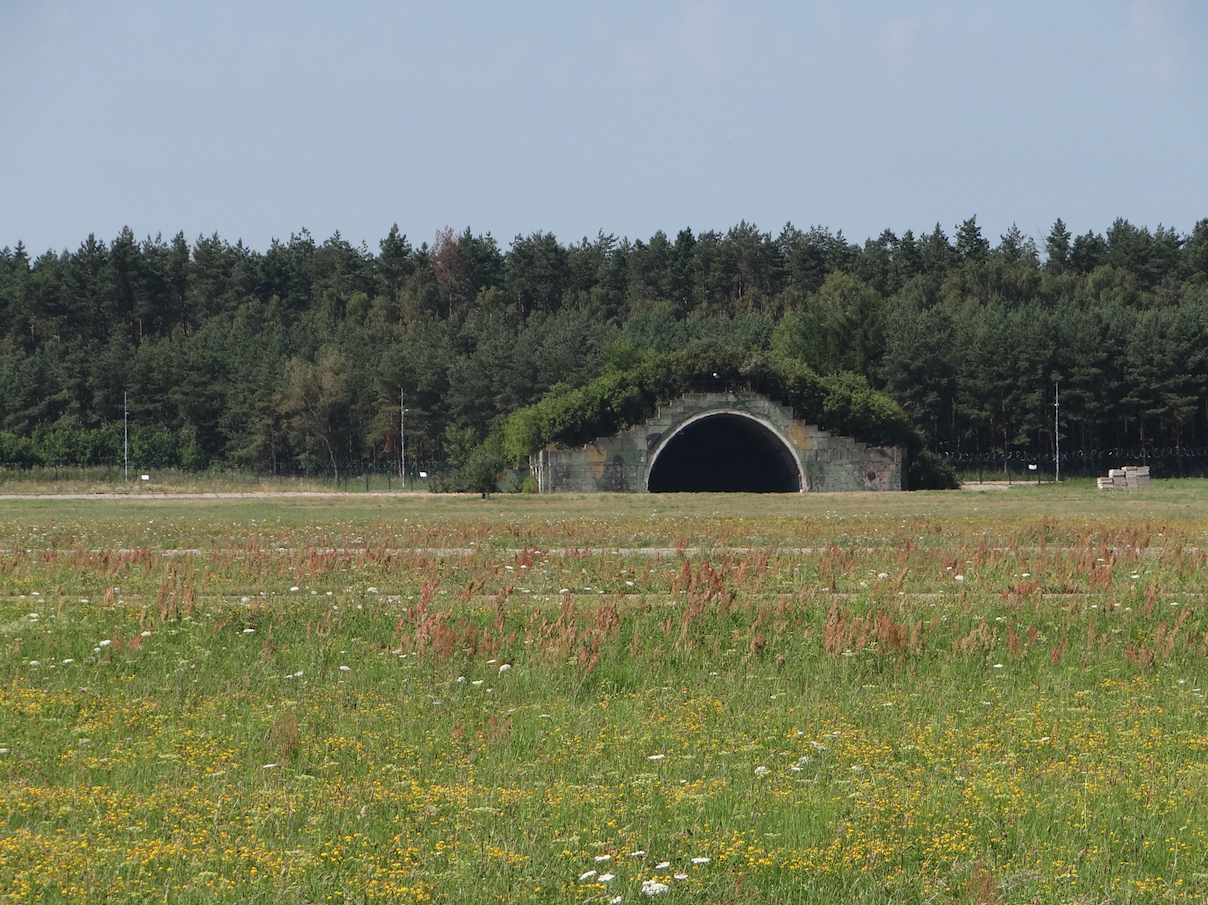
The Aviation Regiment is a basic combat unit, which had an airport of permanent homing, planes or helicopters, their weapons, complete facilities and, above all, staff (flying personnel, technical personnel, supply and maintenance services).
Organizational structure of the Aviation Regiment.
At this point, it is worth presenting the general organizational structure of the Fighter-Bomber (Assault), Bomber and Transport Regiments. The organizational structure of the Aviation Regiment in the period of interest to us was as follows:
The regiment was headed by a commander with the Regiment's Command and the Staff. The commander was a pilot, usually had the rank of colonel and higher education, and was a member of the PZPR party. The commander reported directly to the Division or Corps commander. The commander had to help: Deputy commander for training. Deputy commander for line affairs. Regimental senior navigator. Air shooting chief of the regiment.
The basis of the regiment were two or three Air Squadrons (Flying), i.e. pilots (aviators) and planes. At that time, most of the air regiments were two-squadron. Air squadrons were divided into two, three or four Keys. Each Key had an airframe and engine operation crew. And every plane of his technician, which was responsible for the condition of the machine. It was he who reported and handed over to the pilot the plane ready for flight (fueled, armed, loaded cameras, etc.).
Additionally, each Squadron had a Key, that is the service team; - Radioelectronic Equipment Key (ERO). - Air accessories key. - Air weapons key. This division resulted mainly from the type of flying equipment used. Usually in the 1st Squadron there were the newest planes, so technically different from the older types.
The next squadron was the Technical Squadron. She dealt with; inspections and repairs of aircraft and their components. Its structure depended on the types and numbers of aircraft. They usually functioned; - Airport Engineering Service (SIL). - Rocket Storage and Research Section (SPiER). - Ranged and bomb weapons section. - airframe and engine repair key. - accessory repair key. - repair key for Radioelectronic Devices. - armament repair key.
Another element was the Communications and Flight Insurance Battalion. Sometimes it was developed up to the Flight Insurance Division. This was the case, for example, in training and training and combat training regiments, where the most flights were performed, although relatively short. However, here the number of take-off operations was the highest, and flights were carried out in two or three shifts. Until 1961, these were separate units. For example, the 40th Communications Battalion and Flight Insurance. Typically, the Communications and Flight Insurance Battalion consisted of; - Communications company. - Flight insurance company. - Communication Node.
The next element was the Supply Battalion and, as above until 1961, they were independent military units. For example, the 39th Supply Battalion. The Supply Battalion consisted of; - Airport maintenance company. - Car company. - Security company (guard company). - Propellants and lubricants (MPS). - Airport Fire Department. - Infirmary. - Wikt and washing (farm, bakery, kitchen, canteen, canteen, WAK workshops, uniform, baths, laundry, boiler room, etc.). Not all these elements had to exist in the structure of the unit, because, for example, a laundry or a bakery could be garrisoned.
In addition, the Fighter or Assault (Fighter-Bomber) Regiments were supported by one or two anti-aircraft artillery batteries to defend the airport. For example, the 6th Anti-Aircraft Battery or the 25th Anti-Aircraft Battery. Anti-aircraft artillery batteries never entered the structures of the Aviation Regiment.
We mentioned the date 1961 twice. Until 1961, there were Air and Technical Regiments and Battalions. These were independent military units, which included the Ground Security Companies. These companies functioned according to their name. In 1961, they were disbanded and their tasks were taken over by the Flight Insurance Company subordinate to the Regiment Commander.
At the disposal of each of the Air Regiments, apart from the home airport, there was also an alternate airport. It had a much poorer infrastructure. It was supposed to resemble field conditions and it did have such conditions. Although already in the 60 years, the infrastructure was significantly developed at many such airports. These airports had a two- or three-story barracks (staff and barracks) block. Which also meant that the airport was connected to the power grid, as well as the water supply. There were garages or carports for some of the cars. There was a permanent stock of propellants and samariums as well as warehouses. The runway was paved. There was a bombshell. Of course, at such an alternate airport, there was a permanent crew, albeit small. Usually 30-35 soldiers.
Combat aviation regiments were combined into Divisions or Corps. Usually, in the organization, the Division had a training ground at its disposal. Thus, in the 60-year period, the Polish Military Aviation had at its disposal a dozen or so training grounds. Currently (2014), the Republic of Poland has only two training grounds; Ustka and Nadarzyce. These training grounds were used by the Regiments.
To complete the possession of the Air Regiments, one should mention DOL, i.e. Airport Road Sections. They were numerous and often used by Fighter and Fighter-Bomber Aviation. Even the introduction into service of the high-speed, i.e. supersonic MiG-21 fighters did not stop this process. MiG-21, MiG-23, MiG-29, Su-20, Su-22 and all the Lim family planes landed and took off at DOL. DOL was used in Poland until around 2005.
It should be mentioned that general repairs of airframes, engines, radio stations and other technologically advanced devices were performed in the CCCP. The taxpayer had to pay for these repairs in Poland. The situation changed after 1989, when we started to renovate and modernize most of the equipment produced in the East.
The presented general organization of the Aviation Regiment allows you to realize what a complicated system the Aviation Regiment was. At the same time, it will allow the reader to locate the individual airport equipment presented below in the structure.
Infrastructure of the Aviation Regiment.
The infrastructure of the aviation unit differed from one airport to another. However, the rules were the same everywhere, so it was easy to see what was where. Let's go on a "trip" around the 70-year-old aviation unit. The main gate led to each unit. The gate was made of steel, two-winged, often with the inscription Wojsko Polskie, which was placed directly on the gate's wings or above the gate. During the day, when traffic was heavy, the gate was wide open and a barrier was placed behind it. There were also situations where instead of a barrier there was a chain with a "Stop" sign. Both the gate and the barrier were operated by a guard. It was he who controlled the documents (passes) authorizing to enter the gate. Woe to him when he did not know his senior superiors well. It was a difficult service for the young soldier. Passenger traffic took place through the gate next to the gate. The documents were controlled by the same guard. At the main gate, there was always a building called the pass office. In it, the service was led by a professional soldier or a cadet. Very rarely a regular duty soldier. It was he who was responsible for the traffic at the gate, issued the passes and the guard was under him. This soldier, in turn, reported directly to the duty officer.
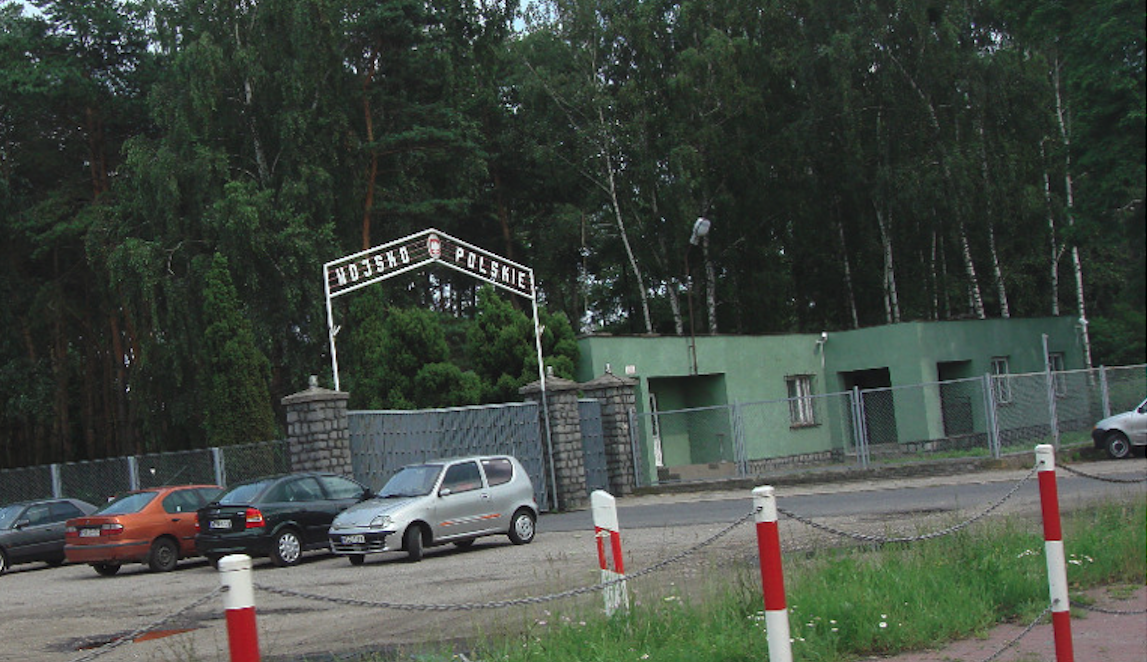
Near the main gate, sometimes in the same building as the pass office, there was a guardhouse. The soldiers of the resting shift stayed here, ate their meals, and sometimes in the arrest rooms they guarded the detained soldiers. It is worth mentioning that the guard service received reinforcements first. Before the sick and other soldiers. There were two-shift (night) and three-shift 24-hour checkpoints on the premises of the unit. The guard commander with guards reported directly to the duty officer. The commander of the guard was usually a regular service soldier with the rank of corporal. The commander had a distributor at his disposal to escort and bring the sentries from their posts. The way of keeping the guard was strictly defined in the regulations of the guard service. One guard duty lasted from the late afternoon hours until the next one until the next guard was changed. The guard unit had to be cleared by the duty officer, i.e. to be briefed and sworn in. Each sentry was fully equipped; weapon, full backpack, gas mask, pouch. The ammunition for the weapons was in the guardhouse in a strictly defined quantity. The sentry, when leaving the post, took ammunition (a full magazine of 30 for the AK-Kbk), which he returned to the commander after leaving the post, in a strictly defined place and in a specific manner. During his two-year service, a duty soldier had at least a dozen guards. However, there were situations where the soldiers had more than 150 soldiers without serving in a special guard company.
The largest building in the unit was a barracks or barracks and staff building. Usually two, three or four storeys. Here were the soldiers' rooms. From small 4-person to large, even 20-person. As far as possible, the soldiers were grouped according to specialties; companies and keys. On each floor, near the staircase, there was a table for a non-commissioned officer on duty, who was assisted by an assistant soldier. Their service lasted 24 hours, starting in the afternoon. The petty officer announced; wake-up calls, meals for meals, alarms, tattoos, collections management by the company commander or the chief of the company. He controlled the order in the company and in the designated external area. He reported to the officers the status of the company and the activities carried out by the soldiers. He referred patients to a doctor in the infirmary. He controlled soldiers leaving and returning from leaves.
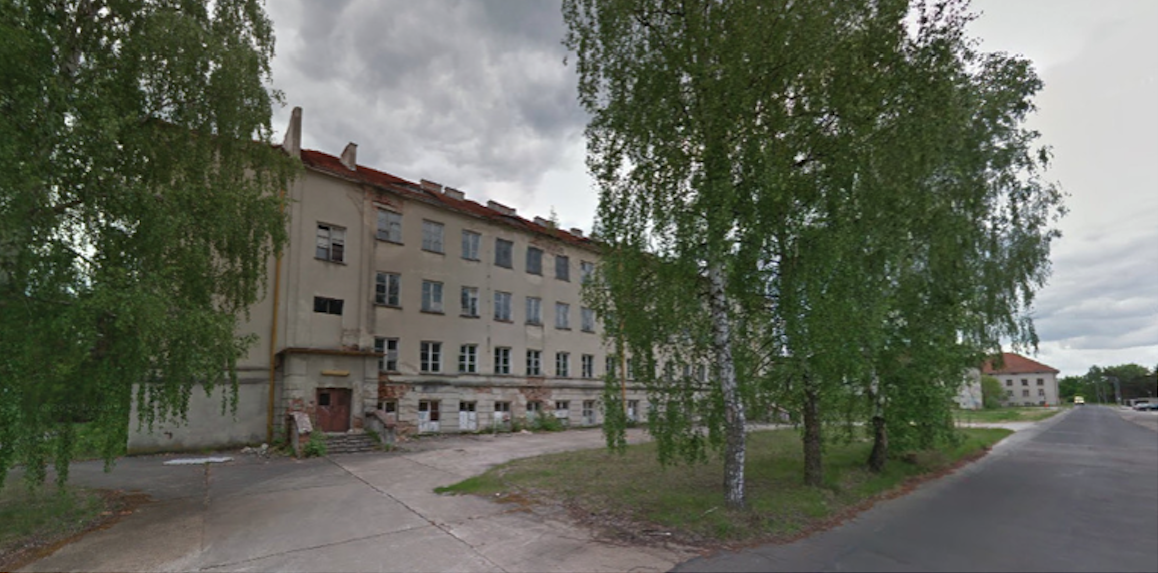
The kitchen and canteen are one of the most important facilities in the unit, which have the greatest impact on the morale of soldiers. Few people know that when General Wojciech Jaruzelski declared war on the Polish people, immediately the food rate for a single soldier increased significantly. There was a cake every day, compote with dinner, meat almost every day. Not like getting there often, over and over again groats, herring and white cheese. Young conscripts were then told; - "If you eat a wagon of groats, you will come out to civilian life." Food was better in units that had their own horticultural farms and raised livestock.
Car park.
The car fleet is described in detail in the article; "Outline of the history of navigation. Military airport equipment. 70-years of the 20th century. Part I. STAR trucks. "
Railway siding.
In the 1970s, almost every military airport had its own railway siding, which ran from the nearest railway station. Hardly anyone remembers that it was the main supply route for the air regiment. They were transported by rail; fuel, coal, building materials. Echelons were loaded on the sidings when they left for military training grounds, and here they were unloaded on their return. (Eszelon in the Polish nomenclature is the name of a military transport unit, such as a column of wagons, cars or railway wagons with supplies.).
Military warehouses.
Warehouses are one of the most important objects subordinate to the commander of an air regiment. They did not necessarily have to be located within the airport area. Sometimes they were located a few or a dozen kilometers away in facilities that had been adapted for this purpose. In CCCP, these were often sacred buildings (temples). Fortunately, this was not the case in Poland. In the 60 years, 50 modern industry warehouses were built in Poland, mainly in its western part.
By the way, we would like to add that in 2013, it was decided to build three new, central military warehouses: in Kutno, Piła and Jastrzębie Śląski. Each warehouse has an area of 20,000 m2. Computerized. They are in them; uniforms, food and spare parts.
Airport fire brigade.
In the 70s, there was already a fire brigade in every air regiment. It was not called an airport yet. Its tasks were much more extensive than that of the current guard. They were not limited only to securing aircraft take-offs and landings. It protected the entire area of the unit, as well as the alternate airports. The greatest fire hazard was from the Propellants and Lubricants (MPS) database, which we write about below.
MPS.
MPS stands for; Propellants and Lubricants. In fact, it is a mental abbreviation that stands for the Quartermaster Service Material Service. In the discussed period, there was the Military Academy of Quartermaster Officers in Poznań. Currently, the word quartermaster has been replaced by logistics.
The MPS material service dealt with the military management of propellants, oils and lubricants as well as rocket propulsion materials (liquid and solid). In the Air Force, each regiment had its own base of these materials. The basic materials included; aviation kerosene, aviation gasoline, engine oils and lubricants. Under the MPS, there were warehouses in the form of tanks and cisterns, underground and above-ground (but in hollows and surrounded by high earth embankments). There was a system of pipelines and pumping stations. Most of the fuel was delivered by rail with tank cars up to 60,000 liters. Fuel was distributed with the help of car distributors. MPS had their own auto-distributor park, as these cars were under stricter supervision. They had additional provisions. In the 80s, at least two airports (Mińsk Mazowiecki and Piła) were equipped with a pipeline system with fixed distributors on PPS.
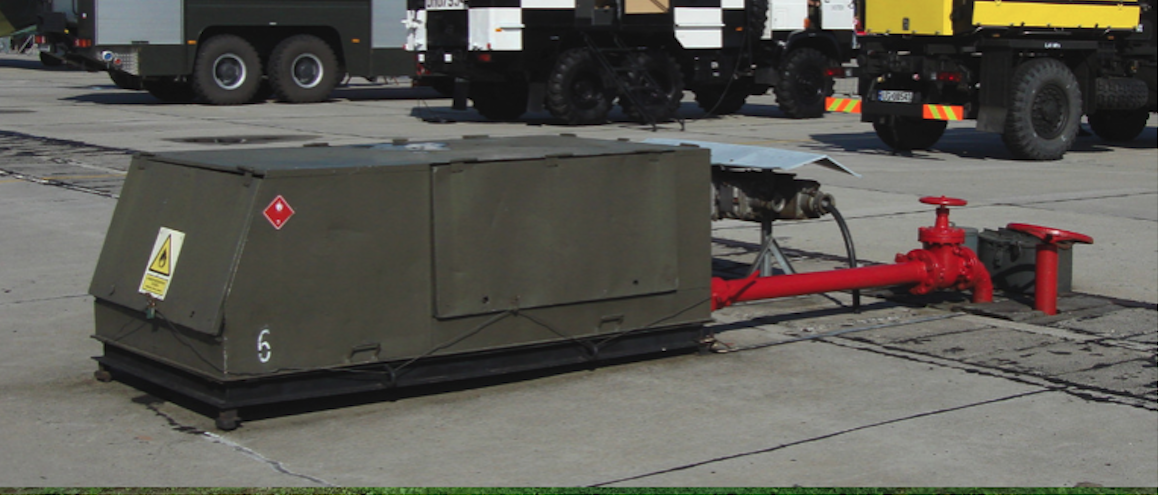
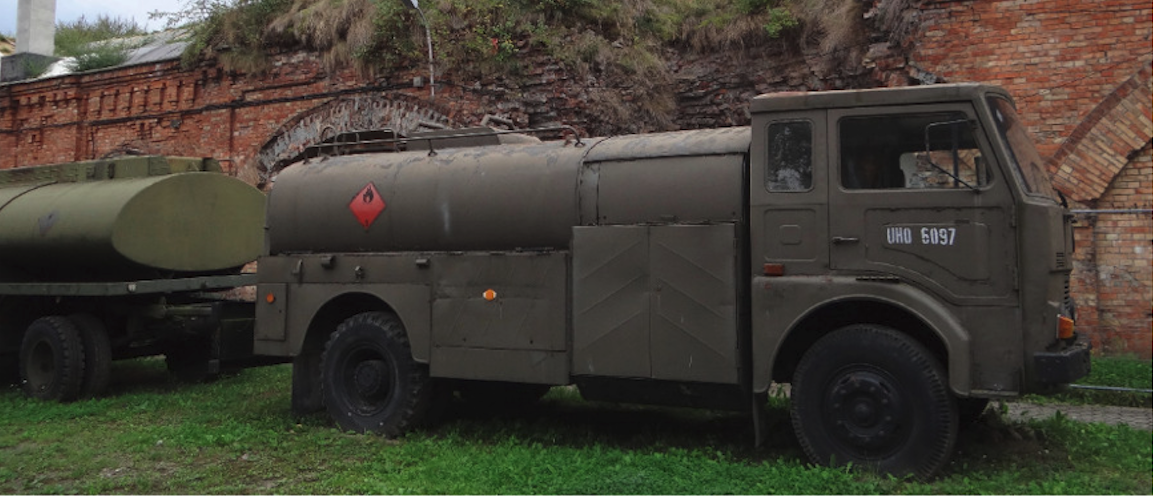
Each MPS service had its own laboratory where chemists were employed. The main task of the facility was to control the quality of fuels, oils and lubricants and to keep relevant documentation. The main tasks of the MPS service include; collection, storage and distribution of fuels, oils and lubricants. The inventory was important, as it secured the regiment's training course and possible operational activities.
WAK.
The Military Barracks Administration is a type of logistic unit designed to ensure the efficient functioning of the unit, including the repairs of building equipment and other facilities. The Military Barracks Administration operating on the premises of the military unit was subordinate directly to the unit commander. Currently, there are also Military Barracks Administrations, but their function is quite different from those they were 50 years ago.
Canteen.
Canteen (in Italian, cantina means cellar), but in Polish it meant a military shop. There was a canteen on the premises of the unit, i.e. a kind of small shop, buffet, where you could buy; cigarettes, sweets, refreshing drinks, tea, envelopes, writing paper, stamps, postcards, cleaning products, underwear, batteries. The canteen did not sell the press, as it was delivered free of charge to individual companies. But they were strictly defined titles; "Trybuna Ludu", "Soldier of Freedom", sometimes "Wiraże", "Radar" and a regional daily. There were usually two canteens, one for soldiers and one for the professional staff. The latter was better stocked. The canteen was served by a lady who was a civilian in the army.
Military Casino - Garrison Club.
Military casinos were a place for paid food for staff, families and other people under certain conditions. The name of the casino comes from Italian and means a small house. In 1923, an instruction on how officer's casinos should be built was published in the Republic of Poland. The document stated that the casino should consist of a dining room with an area of at least 60 m2, and an officer's meeting room with an area of at least 200 m2. The casino should have; a library with a reading room, a regiment museum, toilets, a kitchen with back-up facilities, games rooms. They were located outside the premises of the unit, near the city center or town. Their activity was regulated by an appropriate status. The casino was subordinate to the regiment or garrison commander. With time, some casinos became a true cultural center, where musicians, singers and satirists performed. The casinos hosted balls, dance games, theatrical performances, concerts and sports tournaments. Welcoming and chasing professional soldiers and their families were organized in casinos. There was a radio in every casino, which made it even more prestigious.
After the Second World War, something of these casinos remained. But it was more difficult, because the ranks of the Polish People's Army were initially dominated by the Soviet cadre with a low degree of culture, accompanied by the local security service. During the Polish People's Republic, the name Garrison Club was used more often. When military holiday homes (WDW) were built, centers similar to pre-war casinos appeared there. By the decision of the Ministry of National Defense in 2010, all military casinos were closed, regardless of the financial condition and the needs of the local community.
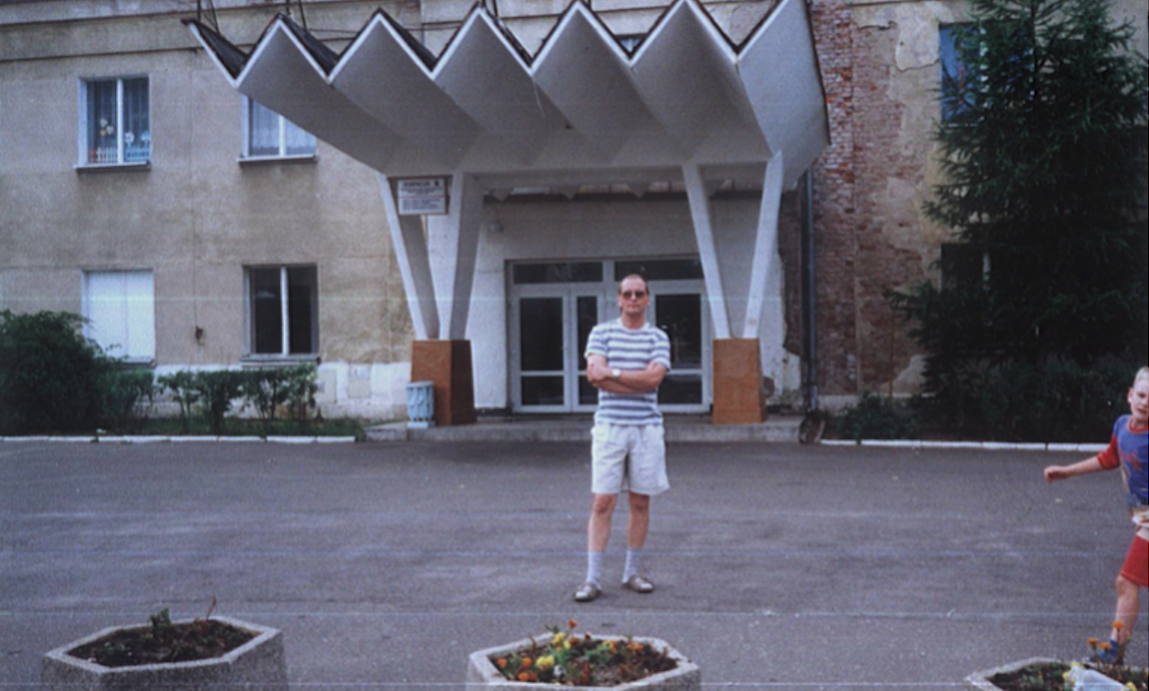
Written by Karol Placha Hetman
